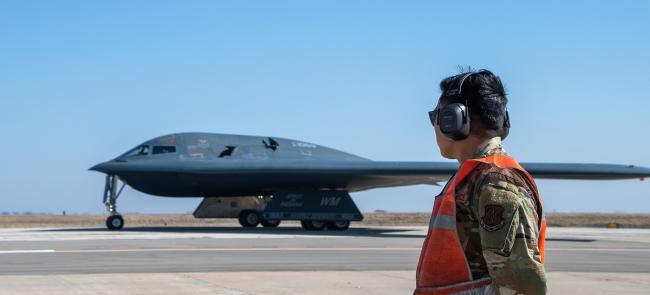
The United States obligated more than $1.5 trillion on “war-related” costs since Sept. 11, 2001, according to a recent Defense Department report.
Most of those funds have been dedicated to the wars in Iraq and Afghanistan, but the figure also includes support to the homeland defense mission, Operation Noble Eagle, and war-related costs such as training and transportation.
Average monthly spending for all operations is running $3.3 billion during fiscal year 2019, according to the report. Current contingency operations, which include Noble Eagle, Freedom’s Sentinel in Afghanistan and Inherent Resolve in Iraq and Syria, have cost $224.6 billion.
War-related spending peaked in 2008, when Congress appropriated more than $190 billion for overseas contingency operations. That high mark was largely driven by funding for the war in Iraq, which reached $140 billion. Funding for the war in Afghanistan peaked in 2011 with $97 billion.
Approximately 22,000 service members are currently serving in Afghanistan, Iraq and Syria, according to a related Congressional Research Service report. An additional 65,622 U.S. military and civilian personnel support the wars and serve in various locations around the world.
Another 48,102 personnel are employed as DoD contractors.
DoD’s $1.5 billion figure is at the low end of most war-cost estimates. Other organizations put the cost as high as nearly $6 trillion.
The wide variance is attributable to different accounting methods. For example, the Pentagon totals do not include the costs of health care for wounded personnel, reconstruction and war-related expenses in other federal agencies.
Earlier this year, the DoD Inspector General found that several past Pentagon war-cost reports had “systemic problems,” were “inaccurate” and “unreliable.”











